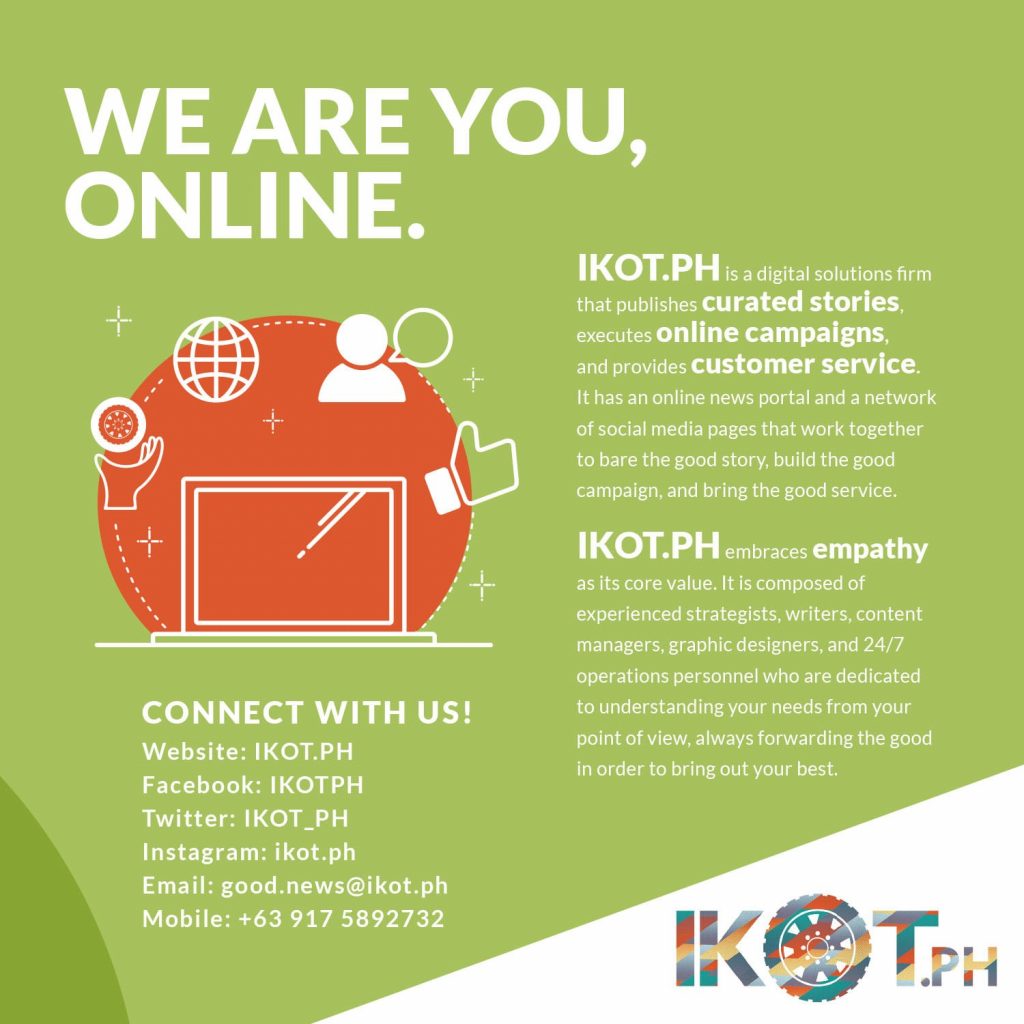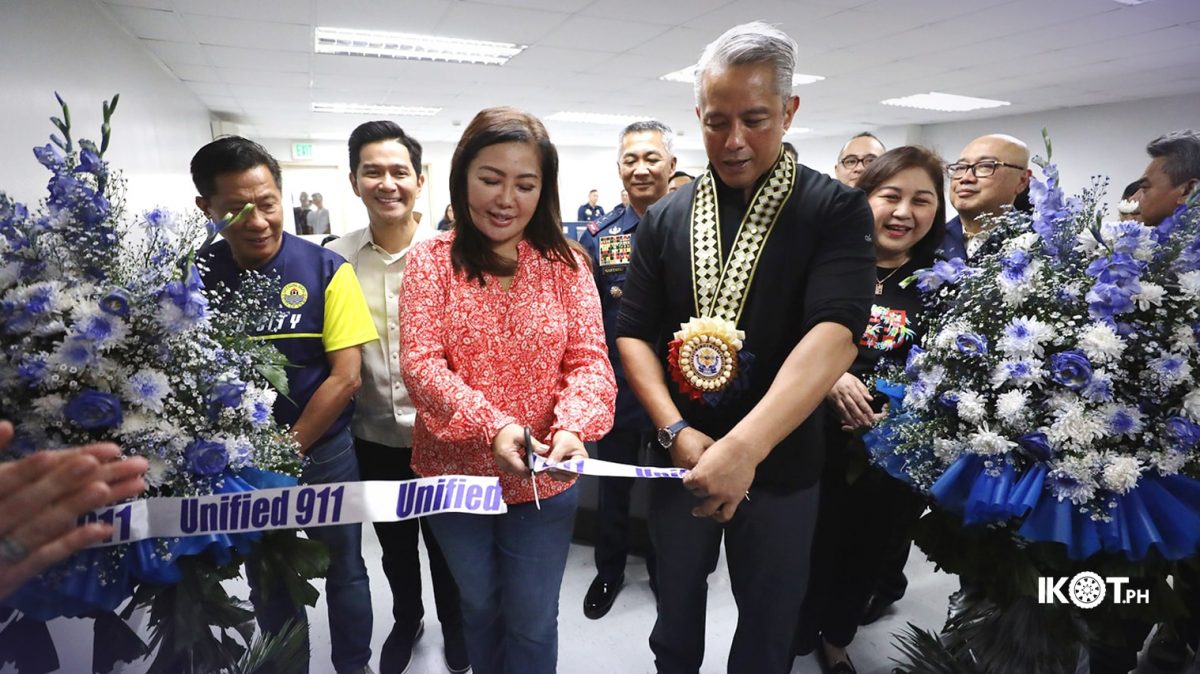The country’s unified 911 emergency response system launched only last September has just received a revolutionary upgrade.
Hyperconverged analytics is now being integrated into the public safety systems of the Unified Emergency 911 National Command Center in Manila and the first regional hub in Cebu.
Hyperconverged analytics is the future of 911. It uses data science to combine real-time analytics with automation to provide lightning-fast insights that aid in decision-making during emergencies.
Department of Interior and Local Government (DILG) Secretary Jonvic Remulla emphasized the importance of having a single emergency hotline that simplifies and fast-tracks emergency response in the country during the launch.
Hyperconverged analytics combines multiple data sources into a unified, automated, intelligent system.
“The Philippines is a very complicated country that becomes even more complicated with emergency response. Today, we have one number, and that is 911. By minimizing delays and coordinating responders, the hotline gives families confidence that they are safer at home, in the streets, and in every barangay,” he said during the launch.
Department of Interior and Local Government (DILG) Emergency 911 National Office Executive Director Francis Fajardo, lauded the modernized emergency response system equipped with next-generation advanced technology for its ability to “respond faster and now, gain richer, real-time insights that result in faster, smarter and more effective emergency response”.
“The Unified 911’s efficiency rate now is 96.56%, compared to last year’s 48%. This is how significant the changes have been with the launch of [Unified] 911 and the modernization of our system,” Fajardo said at a media conference on November 4. He also revealed that since its launch last September 11, the Unified Emergency 911 National Command Center (NCC) has already handled over 1.76 million calls.
Robert Llaguno, country head of NGA 911 Philippines, which provided the technology, said hyperconverged analytics revolutionizes decision-making during emergencies and aligns with the DILG’s Revitalized 911 initiative launched in the fourth quarter of 2024 and immediately implemented by the DILG through the E911 National Office.
Hyperconverged analytics combines multiple data sources into a unified, automated, intelligent system. Instead of handling fragmented data separately, it integrates, processes, and analyzes information in real-time, enabling decision-makers to act based on comprehensive, actionable insights.
While hyperconverged analytics powers real-time emergency response within local command centers, AWS analytics strengthens long-term decision-making by storing and analyzing historical emergency data. This hybrid approach allows 911 centers to process urgent information on-premises for immediate action, leveraging cloud-based insights for predictive analytics, resource optimization, and national-level coordination.
By integrating both technologies, emergency responders can act swiftly in critical moments, improving strategic planning and disaster preparedness.
This hybrid approach allows 911 centers to process urgent information on-premises for immediate action, leveraging cloud-based insights for predictive analytics, resource optimization, and national-level coordination.
Llaguno explained that 911 services now combine call center data with incident reporting such as emergency reports, response times, to establish call patterns, location association, generate information by region, province and/or city, categorize nature of emergencies, incident types help identify disaster/incident-prone areas to determine historical crime trends, medical emergency and fire prone cities.
“We wish to take the country to next level risk awareness, today we are presently doing interoperability tests, with other IoT systems, such as UGC sweeps (User Generated Content) from social media platforms and CCTV feeds providing real-time video, data, on accidents, fire, flood, storm warnings and earthquake, so that tomorrow we can provide our responders near-real time risk visualization, alerts and statistical trends.
The technology is being developed by NGA 911 jointly with DILG to enhance national emergency response and support interagency collaboration between police, fire, medical, and disaster response teams.
“The partnership between NGA 911, a leader in Next Generation 911 (NG911) technology and the DILG through the E911 National Office has now further revolutionized its emergency response capabilities via hyperconverged analytics.”
By integrating advanced analytics, AI-driven insights, and seamless interagency coordination, the Philippines is setting a new benchmark for public safety operations not just in the country, but in the region.
The country’s 911 system is undergoing a major transformation, allowing public safety answering points (PSAPs) to respond more intelligently to emergencies,” Llaguno said.
“Responders can now pinpoint exact locations, assess risk levels, and manage resources more efficiently. Emergency calls are routed to the right responders, ensuring quicker dispatch of units. Data-driven planning allows the forecasting of incidents based on historical response patterns, time of day, and environmental conditions, helping mitigate accidents and disasters before they occur. With data-backed insights, the government can allocate emergency personnel, equipment, and funding where they are needed most. During natural disasters, NGA 911’s system can link emergency calls with live video feeds, geolocation tracking, and improving disaster management efforts,” he explained.
Llaguno summarized the benefits of the new system as faster emergency response, predictive accident and disaster prevention, smarter resource allocation, increased public confidence and accountability, and seamless interagency collaboration.
“We look forward to cascading our best practices in the U.S. to the Unified 911 NCC and in all our activated LGUs Command Centers. These system updates and transfer of knowledge are free and part of our service. We look forward to having all PSAPs in the Philippines be statistics-driven and provided not just with reports but with actionable data”, he added.



